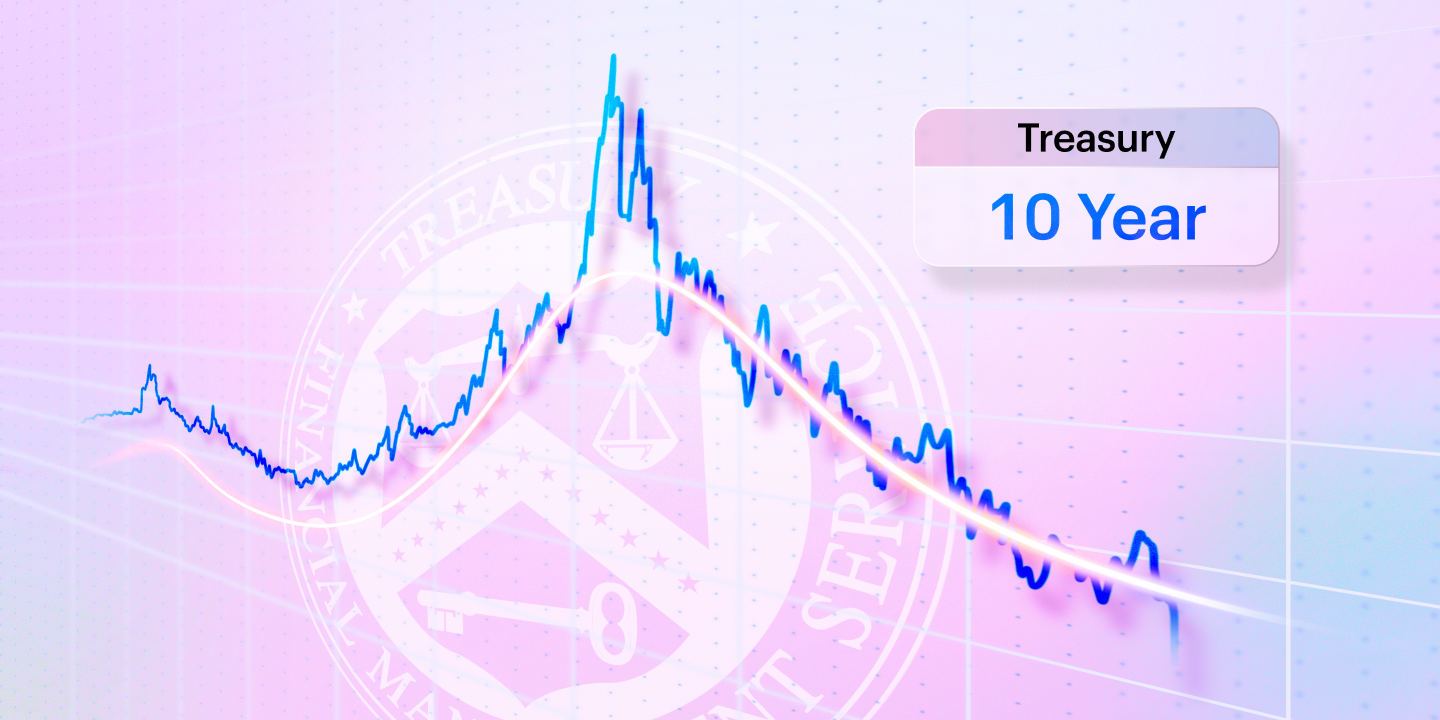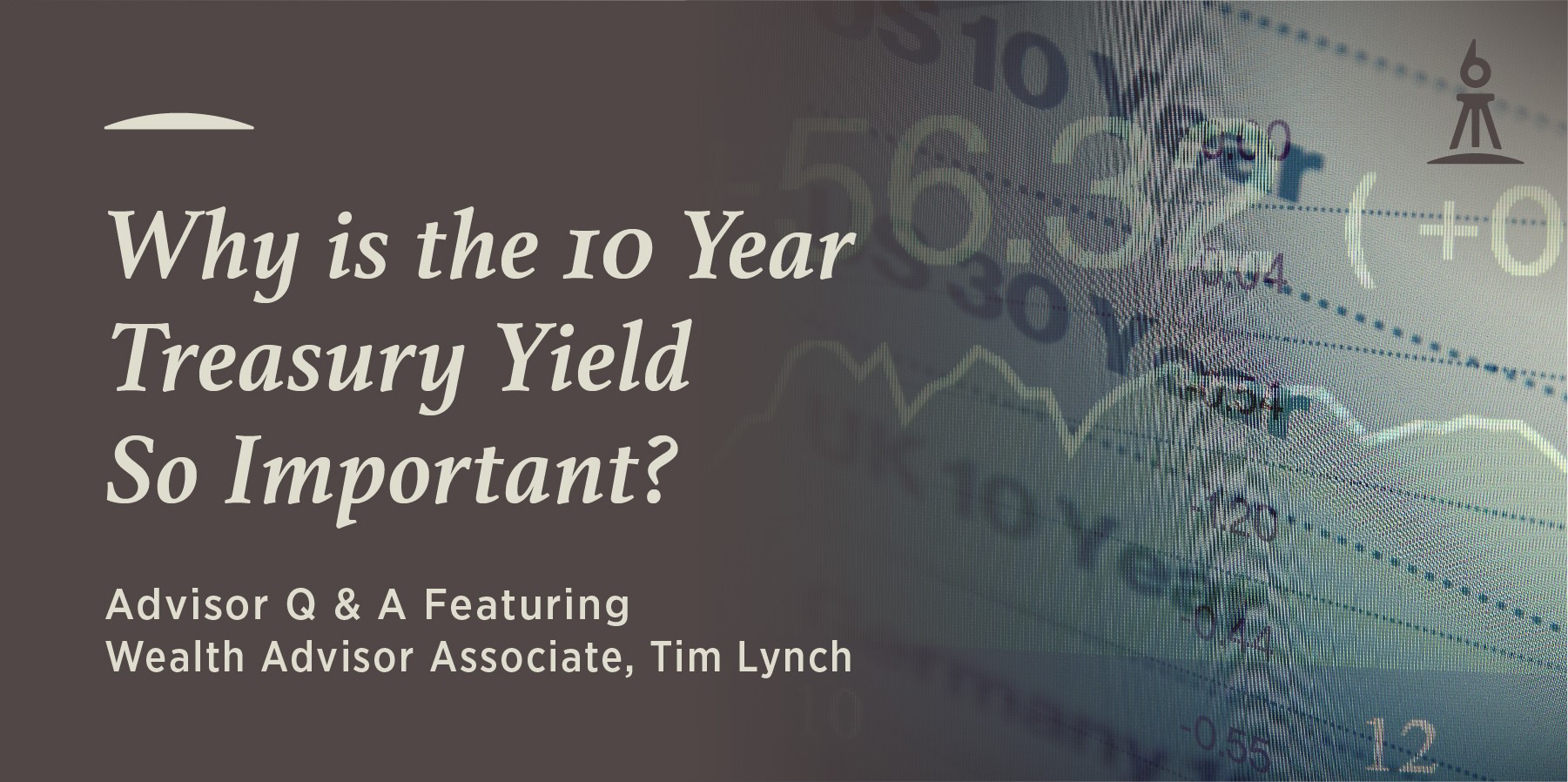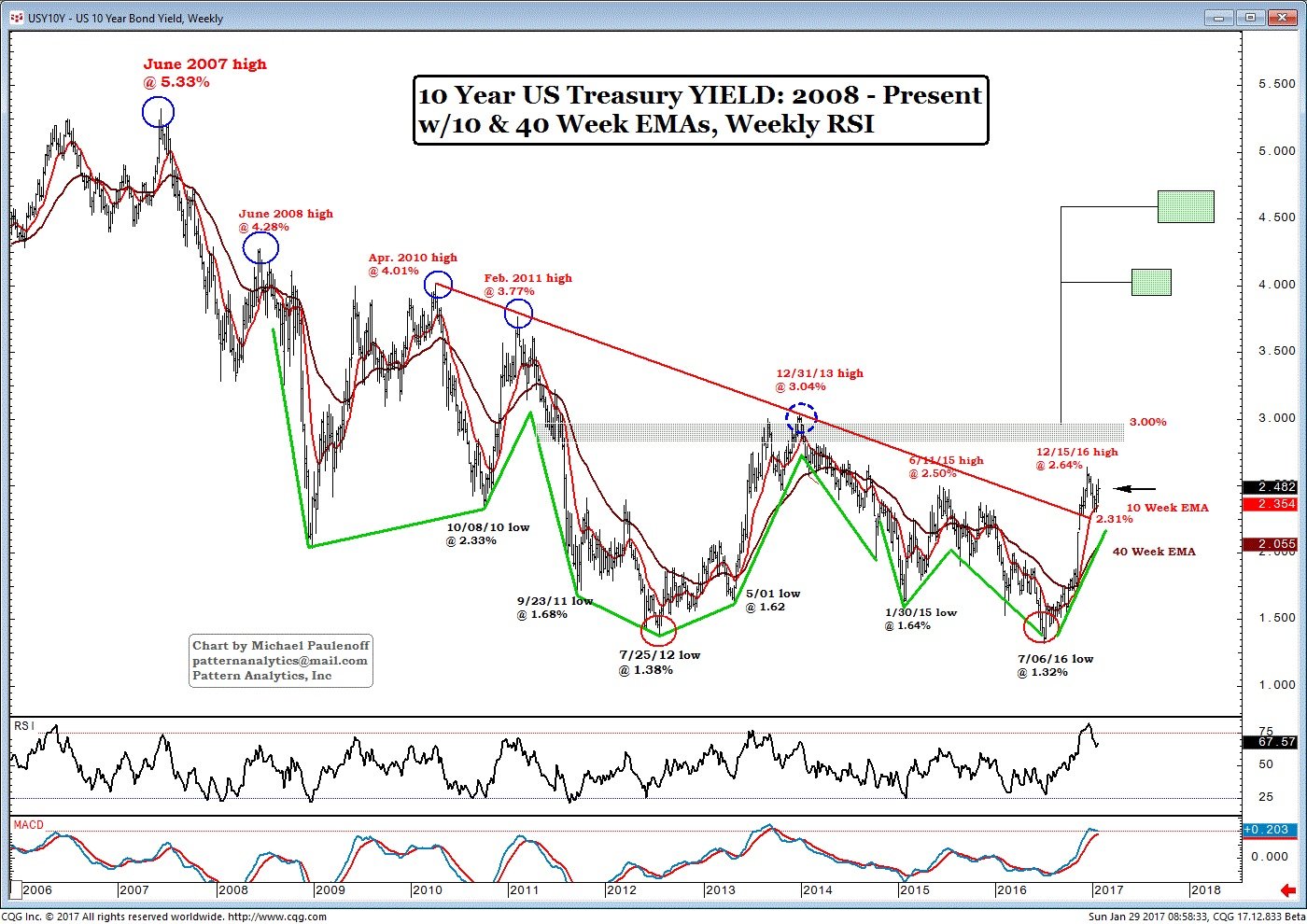Unlock the Secrets of the 10-Year Treasury Yield: Your Path to Smart Investing
The 10-year Treasury yield has long been a benchmark for investors seeking a safe-haven asset class. This benchmark has been the subject of much debate and analysis among financial experts, with some touting it as a reliable indicator of future interest rates, while others argue that it is not a reliable predictor of investment returns. In this article, we will delve into the world of the 10-year Treasury yield, exploring its history, significance, and implications for investors.
The 10-year Treasury yield has been a closely watched metric since the introduction of the Federal Reserve's 10-year Treasury yield curve in 2006. This curve plots the yield on the 10-year Treasury bond against the yield on shorter-term bonds, such as 2-year and 5-year Treasury bonds. By analyzing this curve, investors can gain insight into the market's expectations for future interest rates. A steepening curve, where longer-term yields rise more rapidly than shorter-term yields, is often seen as a sign of rising interest rates, while a flattening curve is associated with falling interest rates.
However, the 10-year Treasury yield is not the only metric that matters when it comes to investing. A variety of other factors, such as the overall state of the economy, inflation expectations, and global economic trends, also play a significant role in shaping interest rates and investment returns. Therefore, it is essential to take a holistic approach to investing, considering multiple factors and metrics in addition to the 10-year Treasury yield.
Understanding the 10-Year Treasury Yield
The 10-year Treasury yield is the rate of return on a 10-year Treasury bond, which is a type of government bond issued by the U.S. Treasury Department. When investors buy a Treasury bond, they essentially lend money to the government for a set period of time (in this case, 10 years) in exchange for a fixed rate of interest. The 10-year Treasury yield reflects the market's expectations for future interest rates and is influenced by a range of factors, including inflation expectations, economic growth, and global economic trends.
Key Components of the 10-Year Treasury Yield
To fully understand the 10-year Treasury yield, it's essential to break it down into its key components:
• Fixed Rate: The fixed rate of interest paid on the Treasury bond, which is typically expressed as a percentage.
• Inflation Expectations: The market's expectations for future inflation, which can influence interest rates and investment returns.
• Economic Growth: The overall state of the economy, including factors such as GDP growth, employment rates, and consumer spending.
• Global Economic Trends: Events and trends outside of the U.S. economy, such as changes in global trade policies or currency fluctuations.
How the 10-Year Treasury Yield Affects Investors
The 10-year Treasury yield has a significant impact on investors, particularly those seeking safe-haven assets or low-risk investments. A rising 10-year Treasury yield can indicate a strong economy and high inflation expectations, which can lead to higher interest rates and reduced bond prices. Conversely, a falling 10-year Treasury yield can suggest a weak economy and low inflation expectations, which can lead to lower interest rates and increased bond prices.
Investment Opportunities and Risks
A rising 10-year Treasury yield can create opportunities for investors who are willing to take on more risk in pursuit of higher returns. For example, investors may consider investing in other fixed-income securities, such as corporate bonds or municipal bonds, which may offer higher yields than Treasury bonds. However, a rising 10-year Treasury yield also increases the risk of interest rate volatility, which can negatively impact investment returns.
On the other hand, a falling 10-year Treasury yield can create opportunities for investors who are looking to take advantage of lower interest rates. For example, investors may consider investing in equities or other asset classes that offer higher potential returns in a low-interest-rate environment. However, a falling 10-year Treasury yield also increases the risk of inflation and reduced economic growth, which can negatively impact investment returns.
Historical Context: The 10-Year Treasury Yield Over Time
The 10-year Treasury yield has fluctuated significantly over the years, reflecting changes in the overall state of the economy and global economic trends. Here are some key historical events and trends that have influenced the 10-year Treasury yield:
Major Economic Events and Their Impact on the 10-Year Treasury Yield
• The 2008 Financial Crisis: The 10-year Treasury yield plummeted to historic lows in response to the financial crisis, reaching a low of 1.97% in October 2008.
• The 2013 Taper Tantrum: The 10-year Treasury yield rose sharply in response to the Federal Reserve's announcement of its plan to taper its quantitative easing program, reaching a high of 2.98% in July 2013.
• The 2020 COVID-19 Pandemic: The 10-year Treasury yield fell sharply in response to the COVID-19 pandemic, reaching a low of 0.54% in March 2020.
Long-Term Trends
The 10-year Treasury yield has exhibited several long-term trends over the years, including:
• The Rise of the Fed: The 10-year Treasury yield has risen significantly since the Federal Reserve's introduction in 2006, reflecting the Fed's efforts to normalize interest rates.
• The Rise of Inflation Expectations: The 10-year Treasury yield has increased in response to rising inflation expectations, particularly in the 2020s.
Investing Strategies Based on the 10-Year Treasury Yield
When it comes to investing, the 10-year Treasury yield can be a useful benchmark, but it's essential to consider a range of factors and strategies. Here are some key investment strategies that take into account the
Did Piddy Passed Away
Diddy Meek Mill Audio
Haesicks
Article Recommendations
- Hisashi Ouchi Real Hospital Po
- Melissa Ann Piavis
- Seopetition Tracker
- Gina Wapd
- Did The Pioneer Woman Have Atroke
- Malcolm Gladwell Wife
- My Pillow Net Worth
- Marcus Rosner
- Cathy White
- Saxon Musk



